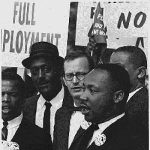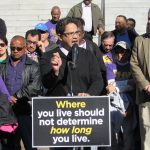Living in a bucolic rural area may seem like a good prescription for health, but new data shows that rural Americans are paying a price in shortened life expectancy for living in America’s hinterlands. In part it’s because only 17 percent of Americans live in rural areas, and they don’t have quite the advocacy voice of the 83 percent living in urban and suburban areas.
Overall, U.S. life expectancy increased during the past 40 years, from 70.8 years in 1970 to 78.7 years in 2010. But researchers teasing apart those numbers found a disturbing trend – rural residents reaped far smaller gains in lengthened lives than their urban counterparts, and the gap keeps slightly widening. While there’s long been some gap between country residents and city dwellers, in 1971 the rural-urban gap was only 0.4 years. By 2000 that rose to 2 years.
A number of factors likely explain the disparity, said the study’s lead author Gopal K. Singh, Ph.D., of the U.S. Health Resources and Services Administration. “When compared to urban areas, rural areas have higher rates of both smoking and lung cancer, along with obesity, yet reduced access to health care services. Additionally, rural residents have a lower median family income, higher poverty rate and fewer have college degrees.
Reference:
- Gopal K. Singh, Mohammad Siahpush. Widening Rural–Urban Disparities in Life Expectancy, U.S., 1969–2009. American Journal of Preventive Medicine, 2014; 46 (2): e19 DOI: 10.1016/j.amepre.2013.10.017
By Suzanne Bohan



